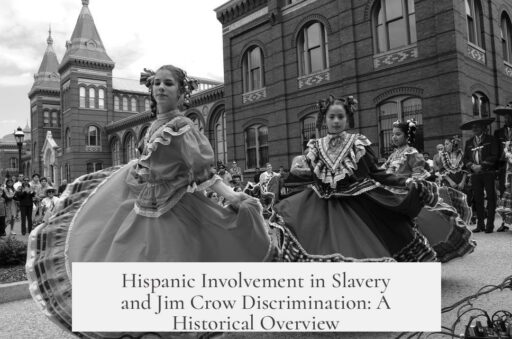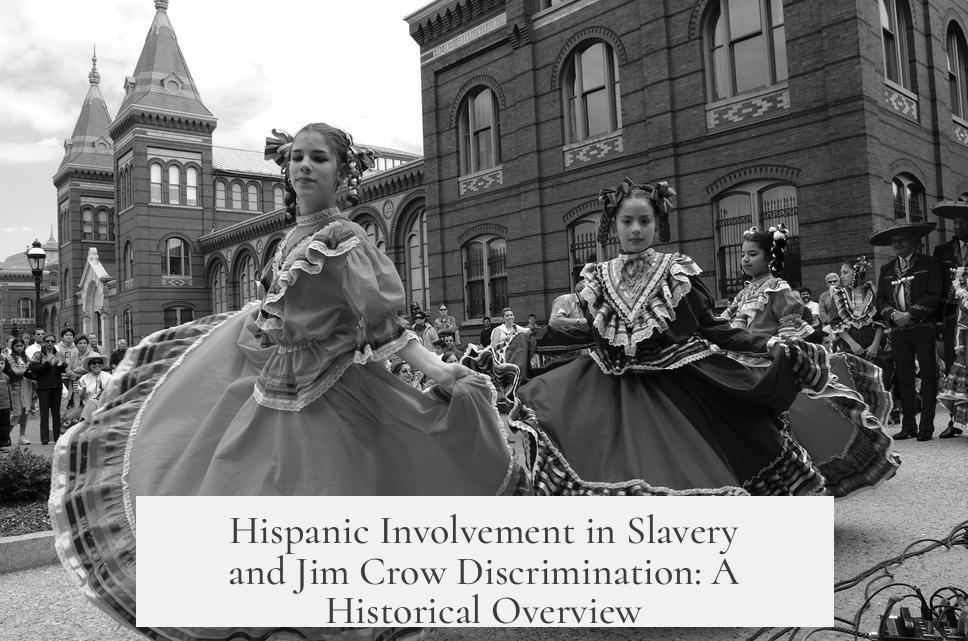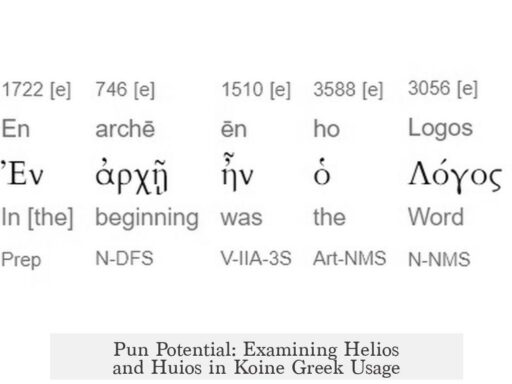Hispanic people did participate in slavery, primarily in the context of Spain’s colonial activities in the Americas, but their involvement differed from that of Anglo-Americans. They also faced complex racial dynamics, though their experience under Jim Crow laws is less clearly defined.
European Spaniards were among the earliest to adopt African slavery in the Americas. While Spanish colonies in Latin America engaged in African slavery, it never reached the scale seen in British or French colonies. This was largely due to the availability of indigenous labor, which the Spanish enslaved extensively. Across Latin America, many Hispanic people owned African slaves, and today, large Afro-Hispanic populations trace their heritage to this history.
For example, Estevanico, an African slave owned by Spaniards, was one of the first non-indigenous people to arrive in what is now New Mexico. However, in the territory that makes up the present-day United States, widespread African slavery among Hispanic populations was far less common than in Anglo-American regions.
The Spanish also enslaved Native Americans extensively. In New Mexico and other parts of the Southwest, Hispanic settlers enslaved local indigenous groups such as the Pueblo and Navajo. Unlike the large Southern plantations, these practices were on a smaller scale but persisted well beyond American annexation. Indigenous slavery in New Mexico continued until the U.S. government intervened after the Civil War.
Regarding Jim Crow discrimination, the situation for Hispanic people is less straightforward. There is limited expert analysis on how Jim Crow laws specifically affected Hispanic communities. Hispanic populations in the U.S. often faced segregation and discrimination, but these were sometimes separate from the Black-White racial binary that defined Jim Crow. In many regions, Hispanic people experienced legal and social exclusion, but not always under the same codified system as African Americans during the Jim Crow era.
- Hispanic people in Spanish colonies participated in both African and Native American slavery, but on different scales compared to British colonies.
- Native American enslavement was widespread under Spanish rule, especially in New Mexico.
- Widespread African slavery among Hispanic populations in what is now the U.S. was uncommon.
- Hispanic people faced discrimination, but their experience with Jim Crow laws is less documented and differed regionally.
Did Hispanic People Participate in Slavery? Were They Subjects of Jim Crow Discrimination?
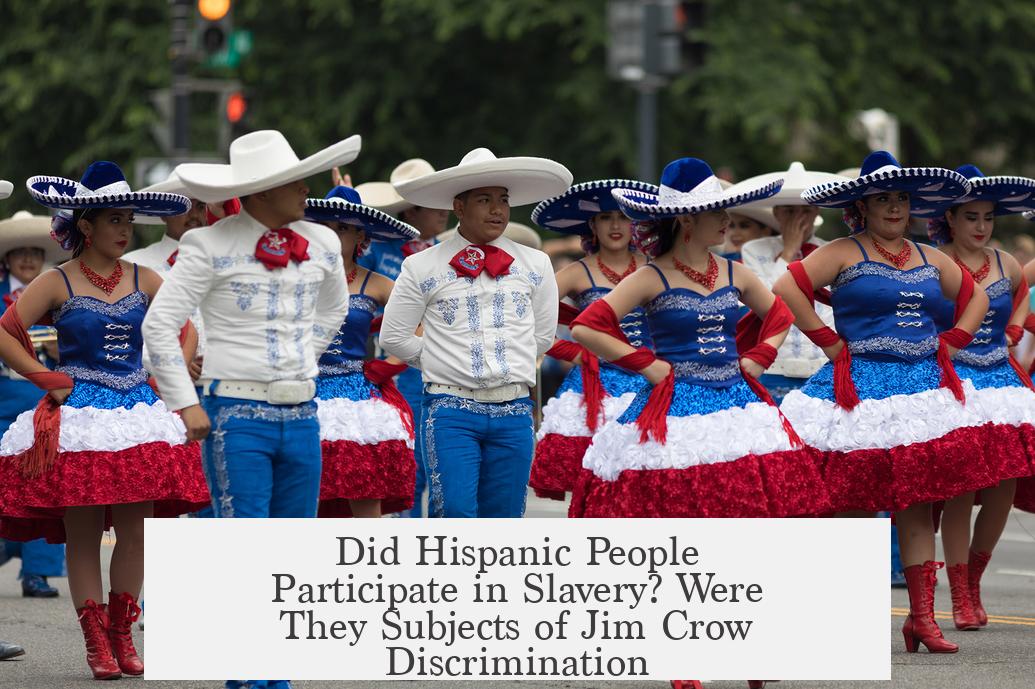
Yes, Hispanic people did participate in slavery, primarily in Latin America, but the scale and nature of that involvement differ significantly from what happened under Anglo-American rule in the United States—and the story about their experience with Jim Crow is more complicated and less documented.
Let’s dive into this complex topic to uncover some surprising, often overlooked truths about Hispanic participation in slavery and their experience (or lack thereof) with Jim Crow discrimination.
Hispanic Involvement in Slavery: Not the Plantation Picture You Might Expect
When most people think of slavery in the Americas, images of vast Southern plantations and heavily entrenched Anglo-American systems come to mind. But the Spanish, and by extension many Hispanic communities in Latin America and early Southwest territories of the United States, had their own distinct approach.
European Spaniards were actually among the very first to adopt African slavery in the New World. However, slavery among Hispanic populations didn’t blow up in scale like it did in British or French territories. Why? Because of one major factor: access to indigenous labor.
Unlike the Anglo colonies, where Native American populations dwindled or resisted slavery fiercely, the Spanish often enslaved the local indigenous people. This widespread indigenous slavery was especially prevalent in places like New Mexico, where from the earliest settlements, Hispanic colonists enslaved Pueblo and later Navajo peoples.
To illustrate the diverse history, consider Estevanico. This African slave, owned by Spanish settlers, was one of the first non-indigenous people to enter New Mexico. His journey shows the complexity of early Spanish colonial society: a mix of indigenous, African, and European peoples entangled in a system of varied servitude.
Importantly, while African slavery did happen in Hispanic communities across Latin America, in what is now the United States, large-scale African slavery under Hispanic control was minimal. That’s not to say it was nonexistent, but compared to the entrenched Anglo-American plantation system, Hispanic-held African slavery didn’t reach the same dominance.
So, yes, Hispanic people did own African slaves, especially in Latin America, and many Afro-Hispanic populations today trace their ancestry back to those enslaved Africans. Their experiences and histories oftentimes blur the lines between “Hispanic” and “African-descended,” telling a much richer story than is frequently told in mainstream U.S. history.
What About Jim Crow? Did Hispanics Face the Same Discrimination?
Ah, Jim Crow—a dark era of legally enforced racial segregation in the American South from the late 19th century well into the 20th. Before jumping to conclusions, it’s important to understand how racial categories and social hierarchies worked then.
Here’s the tricky part: Hispanic experiences under Jim Crow laws are less straightforward and less documented than those of African Americans. Unlike African Americans, many Hispanic people weren’t legally classified as “Black” or “colored” under Jim Crow laws, meaning they weren’t subject to the exact same legal discrimination.
However, that doesn’t mean they escaped discrimination. In many parts of the Southwest and California, Hispanic populations faced segregation, exclusion from public services, poor schooling, and economic marginalization—sometimes under the guise of being “White,” other times classified according to more confusing racial categories such as “Mexican” or “Indian.”
For example, Mexican Americans often experienced their own de facto segregation in schools and public facilities, but these practices weren’t always uniform or legislated under explicit Jim Crow laws. Sometimes, discrimination was socially enforced rather than written into law.
So, are Hispanic people “subjects” of Jim Crow discrimination? Not systematically under the classic Southern Jim Crow legal framework, but many faced parallel, deeply damaging forms of discrimination that had similar effects.
Sadly, comprehensive historical records on Hispanic experiences with Jim Crow discrimination are spotty. Researchers and historians continue to call for deeper investigations to fully understand this nuanced history.
What Does This All Mean for Understanding Hispanic History?
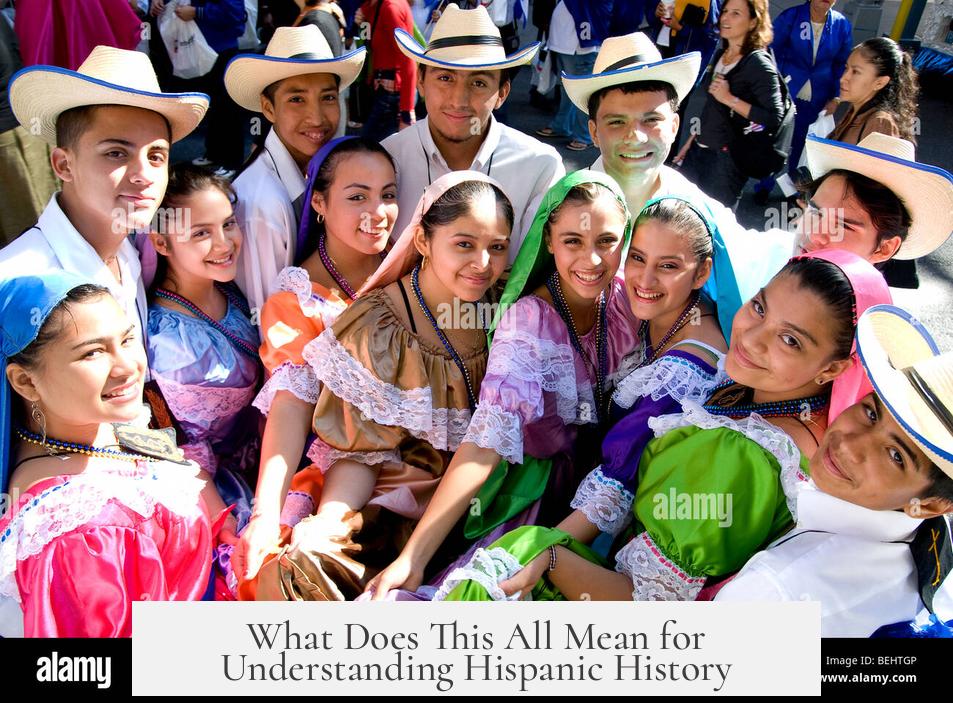
This layered history challenges simple narratives. If you’re curious about the roles Hispanic people played in slavery, or how racial discrimination shaped their lives, you can’t just copy the Anglo-centric story of American slavery and segregation.
- Hispanic participation in slavery mostly means indigenous enslavement and some African slavery, especially across Latin America—and to a much lesser extent in the U.S.
- The African slave trade impacted Hispanic communities, creating rich Afro-Hispanic cultures in Latin America.
- Jim Crow laws didn’t often legally classify Hispanics as “Black,” so they weren’t directly covered under those statutes but still endured systemic segregation and discrimination.
Here’s a spicy thought: understanding these distinctions matters not just for history buffs but for how society today addresses race, identity, and inequalities. Recognizing Hispanic peoples’ diverse experiences with slavery and segregation helps us appreciate their unique struggles and cultural contributions.
Practical Tips for Further Exploration
- Look beyond U.S.-centered histories: Research Afro-Latin American communities to see how slavery and resilience shaped them.
- Dive into regional histories of the Southwest, like New Mexico, where indigenous and Hispanic interactions reveal complex layers of slavery and social dynamics.
- Explore legal and social histories of Hispanic segregation in California and Texas to better understand how Jim Crow-style discrimination operated differently.
Don’t just accept homogenized stories about slavery or segregation. History is full of nuance and contradiction. Hispanic people’s pasts are a perfect example of that intricate texture.
So, next time the question pops up—”Did Hispanic people participate in slavery? Were they subjects of Jim Crow discrimination?”—you’ve got a richer, more informed answer in your toolkit. And, probably, a few new questions to chase down about the layers beneath.
Did Hispanic people own African slaves during the colonial period?
Yes, many Hispanic people owned African slaves across Latin America. Spain was among the first European powers to adopt African slavery. However, it was less widespread in their colonies compared to British or French territories.
Was Native American enslavement common among Hispanic settlers?
Yes, Hispanic settlers extensively enslaved Native Americans, especially in New Mexico. This practice continued even after U.S. annexation until federal authorities intervened after the Civil War.
Did Hispanic communities in the U.S. practice African slavery on a large scale?
No, large-scale African slavery among Hispanic populations within present-day U.S. borders was rare. The practice was far more limited compared to Anglo-American populations in the South.
Were Hispanic people subjected to Jim Crow laws and discrimination?
There is less clear information on Hispanics facing Jim Crow laws directly. Experiences varied, and some Hispanic communities did face discrimination, but it differed from the strict segregation laws aimed at African Americans in the South.
Did Hispanic populations include large Afro-descendant communities?
Yes. Many Hispanic populations in Latin America have large Afro-Hispanic communities descended from enslaved Africans brought during colonial times.
